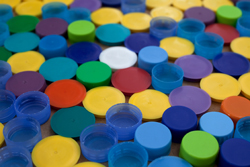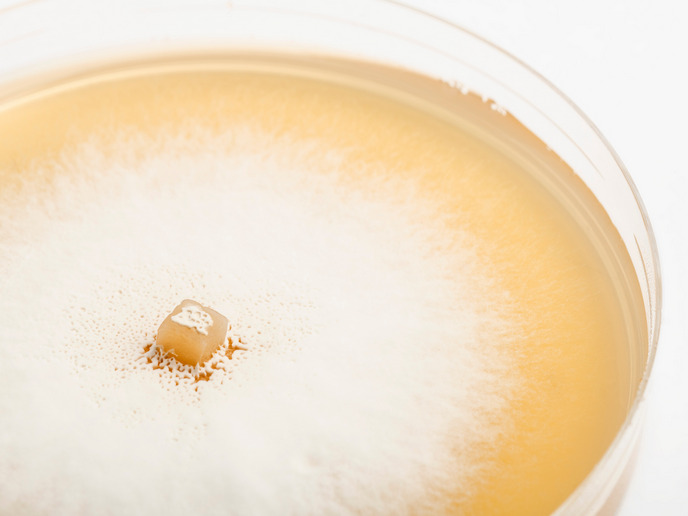Microwave radiation for resin polymerisation
Resin polymerisation, also known as curing, is performed using heat, ultraviolet (UV) radiation or electron beam radiation. The thermal process is the most commonly used, takes place in metal forms and is most suited for mass production. However, for large parts like ship bodies, thermal curing takes too long as it is necessary to fill the form with resin, thus raising energy consumption. The EU-funded ‘Curing polyester resins on demand’ (CODE) project proposed to separate the filling and polymerisation reactions by modifying the resin infusion process and using microwave radiation to polymerise the resins. By doing so, the curing time was reduced from days to hours. A specialised agent was developed to enhance microwave-energy absorption by the resin, without changing its other properties. By measuring the temperature of the resin, partners were able to homogenously heat it up and ensure its efficient cross-linking, reaching a polymerisation efficiency of nearly 100 %. The CODE-developed resin curing method offered obvious advancement in working conditions, in terms of processing temperature in the production plant and significant reductions of emissions. The structures produced by this improved method were more light weight because they contained higher levels of fibres. Partners are hopeful that this new polymerisation technique holds great potential in industrial applications as it combines lower processing costs and environmental benefits.







